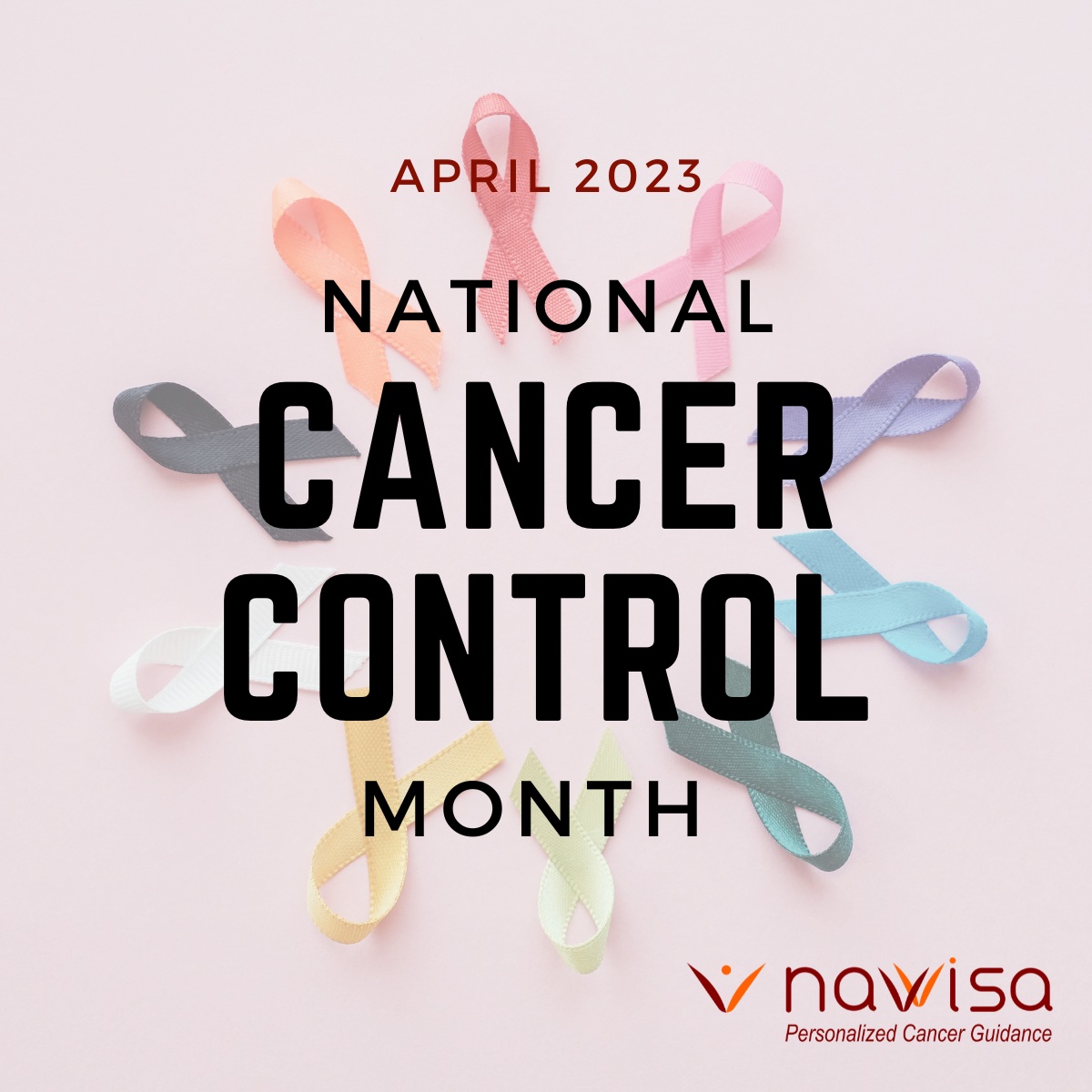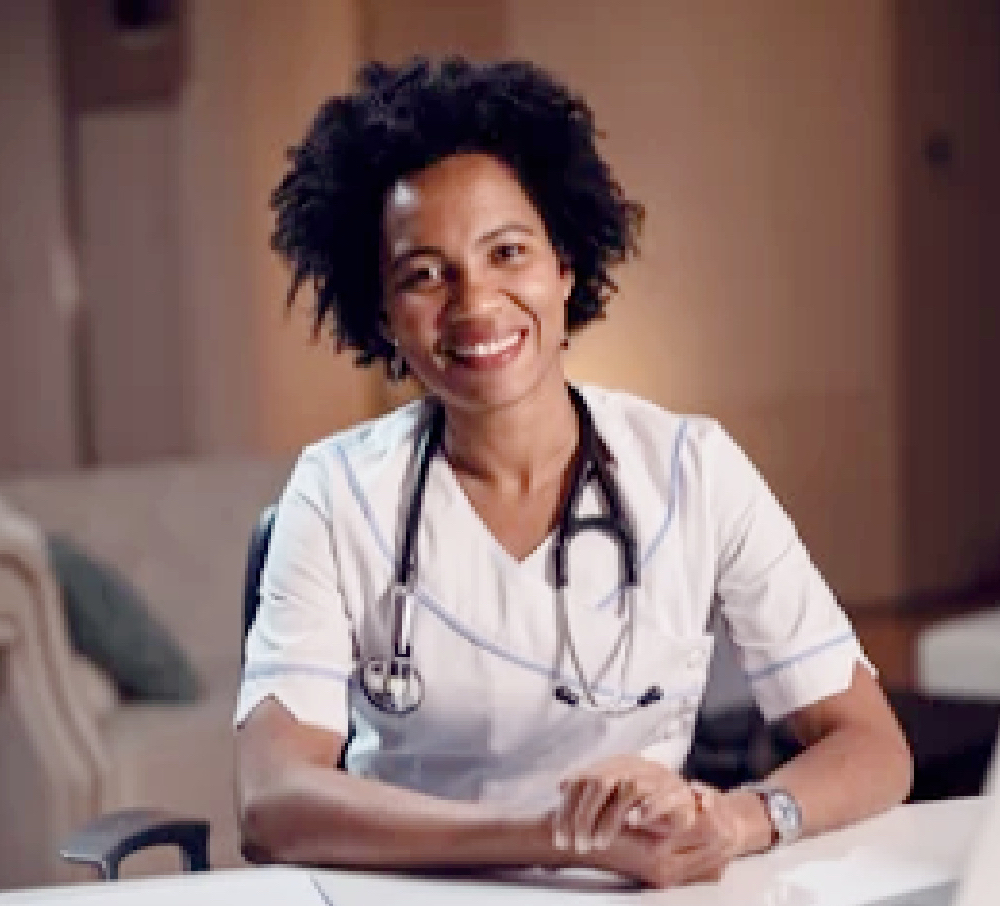October is Breast Cancer Awareness Month
This October 2023, join us in raising awareness, encouraging family members to get screened, and supporting women dealing with breast cancer.
Today, there are more than 3.1 million breast cancer survivors in the U.S., including women still being treated and those who have finished treatment. A heightened awareness of the disease has led to a greater number of women being screened for breast cancer.
Women experience better outcomes as a result of early diagnosis, state-of-the-art treatment and drug therapy, and advancements in surgical procedures. Early detection of breast cancer is a key factor driving successful outcomes.
Understanding the Risk
According to the American Cancer Society (ACS), breast cancer is the most common cancer in American women, except for skin cancers. The average risk of a woman in the U.S. developing breast cancer sometime in her life is about 12%, or a 1 in 8 chance. The chance that a woman will die from breast cancer is about 2.6%, or a 1 in 38 chance.
Risk of breast cancer increases with age. As we look at the data by age range: women ages 40 to 50 have a one in 69 risk of developing breast cancer; women 50 to 60 have a one in 43 chance and in the 60 to 70 age group, the risk is an astonishing one in 29 of developing the disease.
Signs of Breast Cancer
- Lump in the breast or underarm (armpit)
- Swelling or thickening of all or part of the breast
- Dimpling or skin irritation of breast skin
- Localized, persistent breast pain
- Redness, scaliness or thickening of the nipple or breast skin
- Nipple discharge (other than breast milk)
- Any change in the size or shape of the breast
Breast Cancer Risk Factors
The main risk factors for breast cancer include being a woman and getting older. Uncontrollable factors that may increase risk include personal/family history, race, breast density and menstrual period history. In addition, having certain genetic factors, specifically certain variations in BRCA1 and BRCA2 genes, may increase your risk.
Certain risk factors are lifestyle-related, including the use of birth control pills, hormone therapy after menopause, having children, drinking alcohol, being overweight or obese, and not being physically active.
Breast Cancer Screening
Women at average breast cancer risk should begin screening at age 40. All women should have a risk assessment at age 30 to see if screening earlier than age 40 is needed.
The following are typically used in detecting and diagnosis breast cancer:
- Breast Exam – Your doctor will check both of your breasts and lymph nodes in your armpit, feeling for any lumps or other abnormalities
- Mammogram – an X-ray exam of the breast used to detect and evaluate breast changes. Additional technology such as three-dimensional (3D) digital mammography may be used.
- Ultrasound – used along with mammography for high-risk women who cannot undergo MRI, and women with dense breast tissue.
- Biopsy – your doctor uses a specialized needle device guided by X-ray or another imaging test to extract a core of tissue from the suspicious area.
- MRI (magnetic resonance imaging) – may be used to screen high-risk women and gather more information about a suspicious area found on a mammogram or an ultrasound.
- Molecular Diagnostics – such as Oncotype DX or Mammaprint may be used to better understand the biology and staging of the breast tumor, and help the doctor determine which treatments may be most appropriate
Lowering Your Risk
Some things you can do to lower your risk of breast cancer:
- Get to and stay at a healthy weight (eat nutritious foods and balance food intake with exercise)
- Be physically active (activities such as walking, jogging, playing tennis, biking or swimming). Being active may also lower blood estrogen levels which lowers the risk of developing breast cancer.
- Limit or avoid alcohol (guidelines recommend no more than one drink a day)
It’s never to late to adopt a more healthy lifestyle!
Support
Not everyone has access to the best care and resources when facing breast cancer.
Navvisa supports women in company organizations who have been diagnosed with or are at higher risk for developing breast cancer – from screening through survivorship. Talk to your employer and healthcare provider about what breast cancer screening and support services are available.





